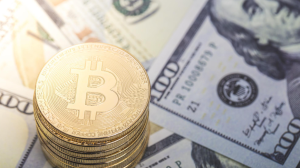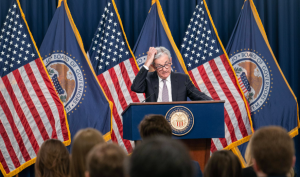Breaking: Trump Imposes Sweeping Tariffs, EU Vows Strategic Retaliation
U.S. President Donald Trump announced via social media on July 12 that 30% tariffs on all EU and Mexican goods will take effect August 1, citing “longstanding trade imbalances” and “non-reciprocal policies.” In letters to EU Commission President Ursula von der Leyen and Mexican President Claudia Sheinbaum, Trump warned that retaliation would trigger “higher import taxes,” escalating tensions ahead of the August deadline.
The EU responded within hours, asserting it remains “prepared to reach a deal before August 1” but will “defend its interests with all measures necessary.” Brussels emphasized that retaliation is deferred—not abandoned—to prioritize last-ditch negotiations. “We stick to our principles, work in good faith, and get ready for all scenarios,” von der Leyen declared.

🔥 Why Retaliation is Delayed: Behind the EU’s Calculated Pause
- Negotiation Window Still Open:
EU Trade Chief Maros Šefčovič confirmed “good progress” on a framework deal, potentially finalizing terms “in the coming days.” The bloc aims to replicate the U.K.-U.S. model, locking in baseline 10% tariffs while negotiating comprehensive terms. - Red Lines and Exemptions:
- Industry Protections: Aircraft (e.g., Airbus) and automakers with U.S. factories (BMW, Mercedes-Benz) may gain exemptions, but Italy’s Ferrari faces exclusion.
- Regulatory Sovereignty: Brussels insists EU laws remain “non-negotiable,” rejecting U.S. demands to align with American standards.
- **24.7B in U.S. exports—pharmaceuticals and agricultural goods are prime candidates—but will deploy only if talks collapse.
📉 Market Chaos: Havens Soar as Dollar Tumbles
- Gold: Surged 1.8% to $3,370/oz, hitting a 2025 high as investors flee volatility.
- Swiss Franc: Trading volumes doubled, overtaking the yen as the preferred currency haven.
- Euro-Dollar Dynamics: The euro’s 10% appreciation against the dollar since January will compound tariff pain, eroding EU exporters’ competitiveness.
💡 Analyst Warning: “This delay isn’t peace—it’s the eye of the storm. Buckle up for volatility when talks resume July 21.” — Naeem Aslam, Zaye Capital Markets.
⚖️ Global Domino Effect: Who Else is Impacted?
- Mexico: Factories built for tariff arbitrage face obsolescence; production may shift back to U.S. or Asia.
- Asia-Pacific: Trump’s parallel 25-40% tariffs on Japan, South Korea, and ASEAN nations disrupt $220B in trade, accelerating supply chain relocations.
- U.S. Consumers: Auto prices projected to rise 15-20%, with EU wines, cheeses, and luxury goods becoming “niche purchases”.
🎯 What’s Next: Three Critical Scenarios
- Deal by July 21: Framework agreement freezes tariffs at 10%, sparing targeted industries. Probability: 35% (per EU negotiators).
- Retaliation Activation: EU triggers $24.7B counter-tariffs, igniting a trade war. Probability: 50% (Berenberg analysis).
- Global Recession Signal: Prolonged conflict could slash 2026 GDP growth by 1.2% in the EU and 0.8% in the U.S. (IMF projections).








